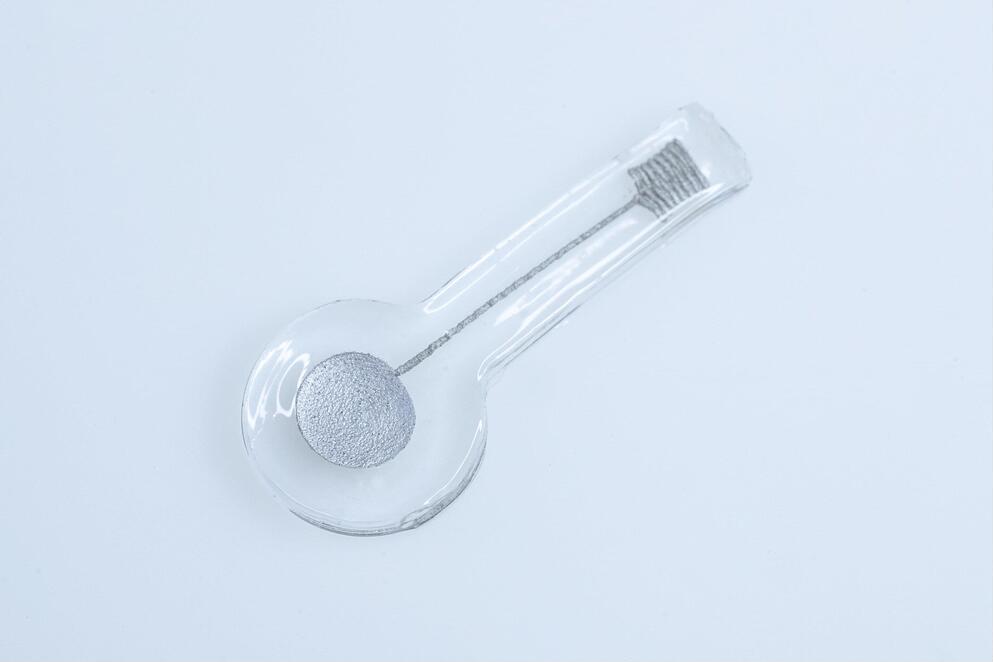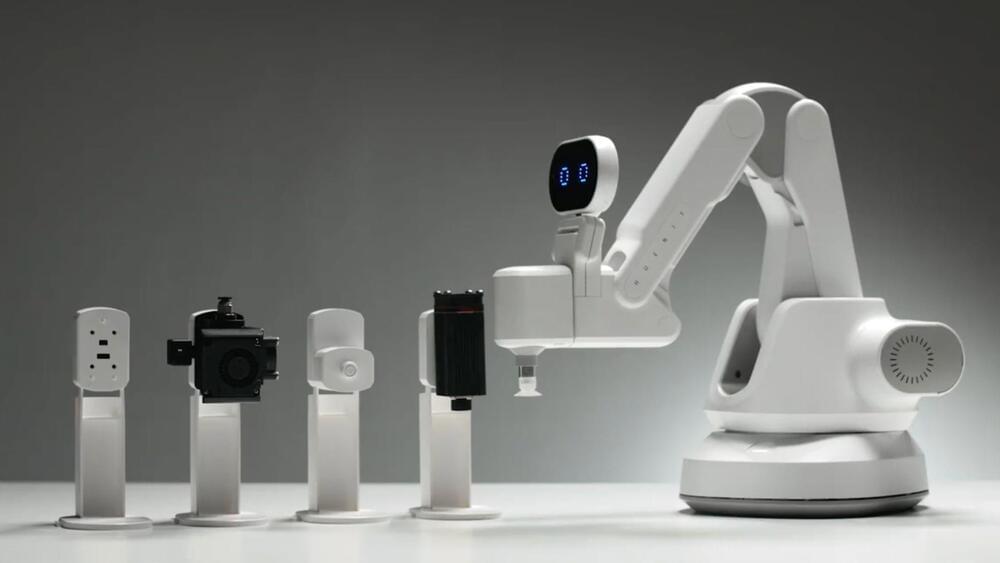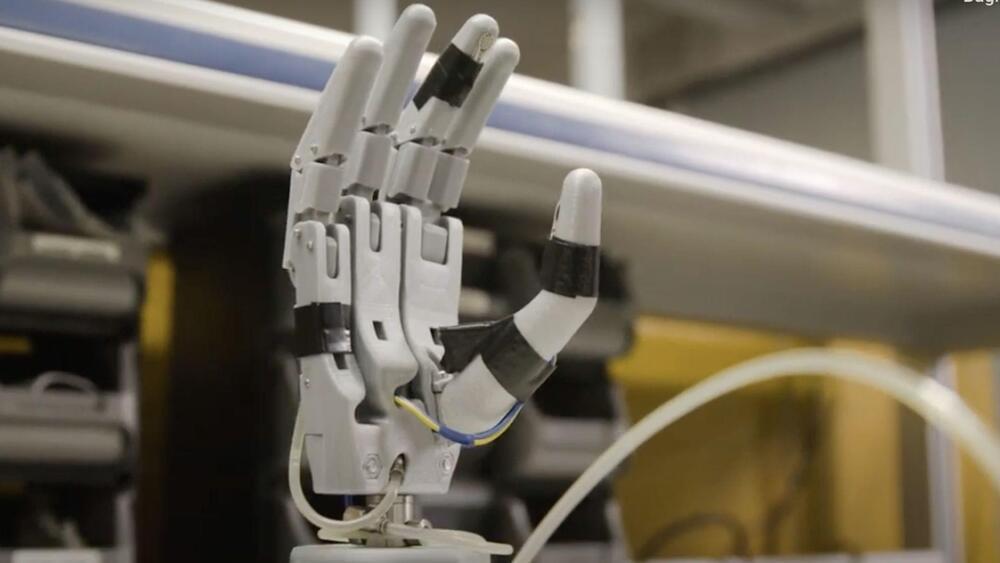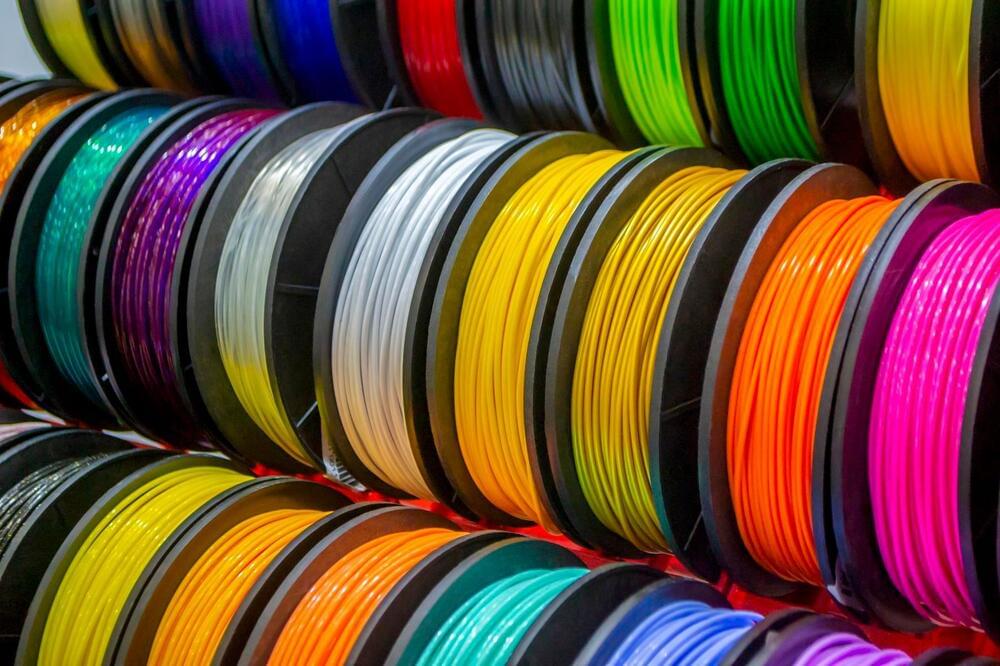Jan 15, 2023
Texas-based 3D printing company teaming up with NASA to put buildings on the moon
Posted by Genevieve Klien in categories: 3D printing, habitats, robotics/AI, space travel
Through a $57 million contract with NASA, ICON, a company out of Austin, is working to do just that. ICON wants to put a broad spectrum of infrastructure on the moon, which isn’t the easiest place to build.
“First of all, you need to be able to protect the astronauts from the lunar environment which is really a nasty place to live and work. Vacuumed environment, extreme temperature swings, radiation environment, micro-meteoroids, dust protection,” Clinton said. “To produce things like landing pads and roads and blast shields and shelters and habitats.”


















